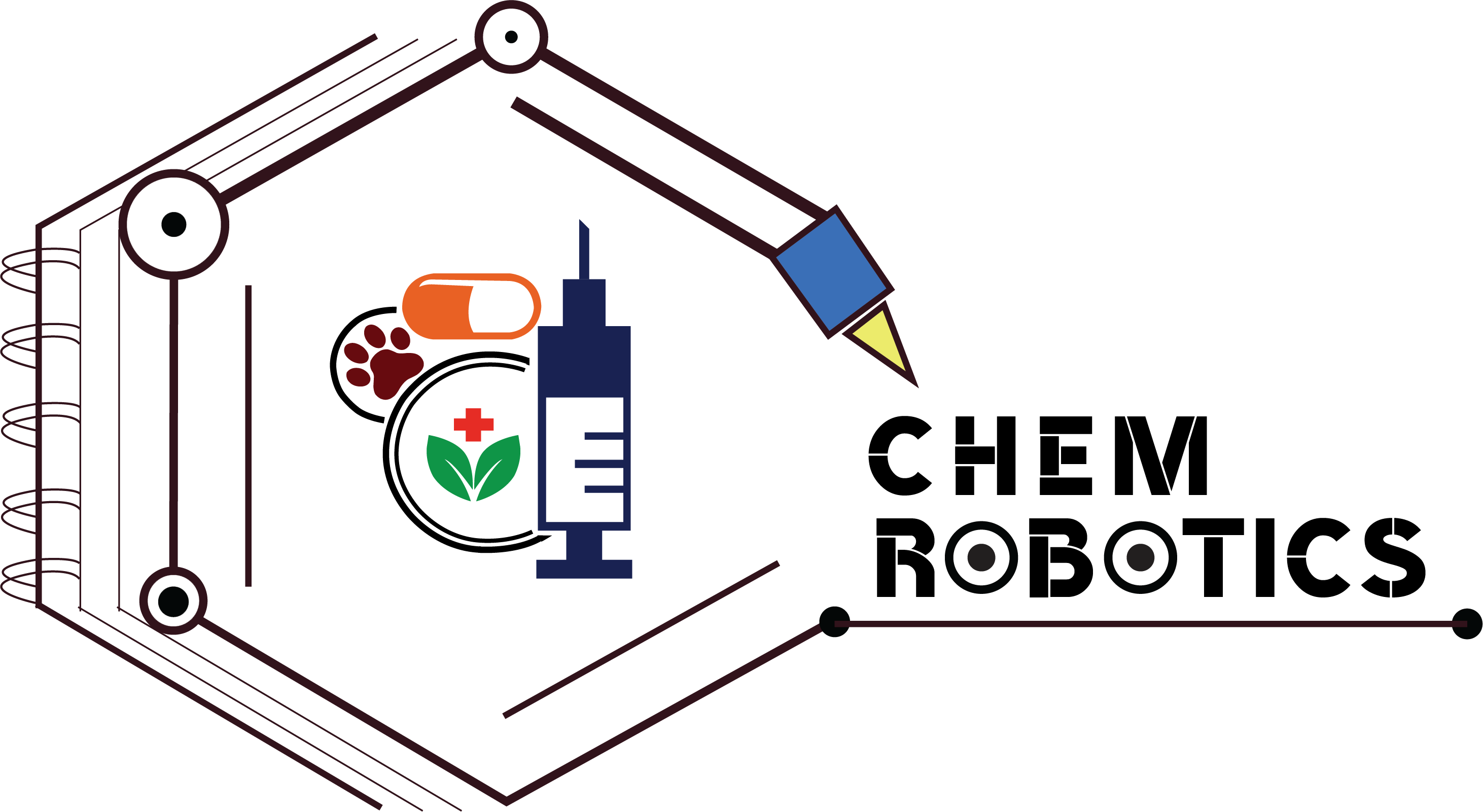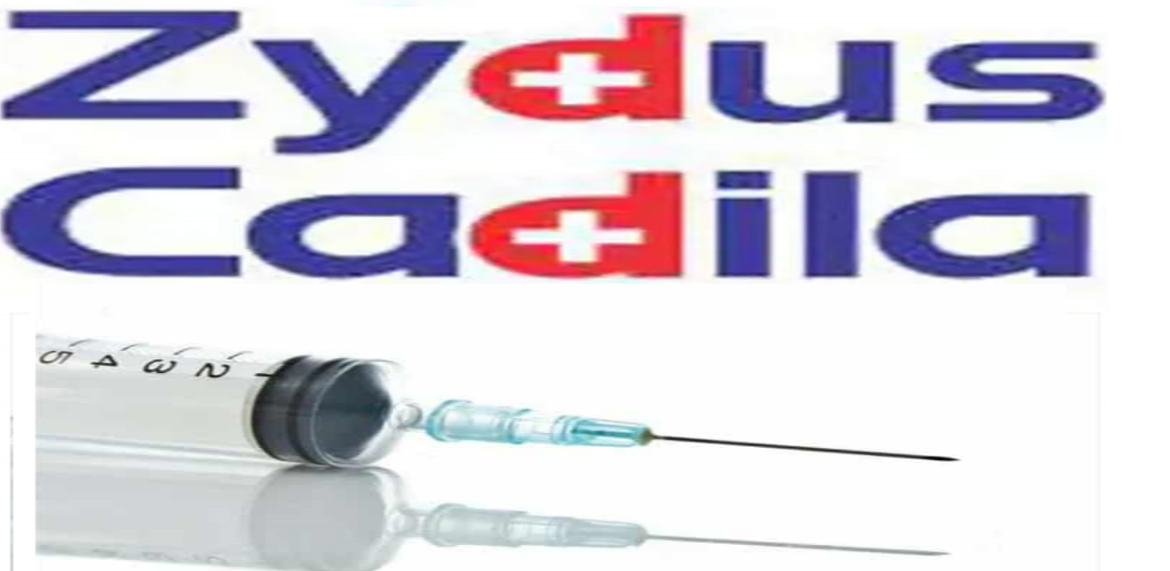KEYPOINTS:
- Zydus Cadila has received final approval from the US FDA to market Nelarabine injection 250MG/50ML in the United States.
- Zydus Pharmaceuticals USA Inc was granted a Competitive Generic Therapy (CGT) designation for Nelarabine injection, 250 mg/50 mL (5 mg/mL), single-dose vial.
- This medication is a chemotherapy drug and used to treat certain types of leukemia and lymphoma by slowing or stopping the growth of cancer cells. Nelarabine is in a class of medications called antimetabolites.

Zydus Cadila receives USFDA Final Approval for Nelarabine Injection a Therapeutically Generic Version of Arranon injection.
Zydus Cadila has received final approval from the USFDA to market Nelarabine Injection 250MG/50ML in the United States (US RLD: Arranon®). Zydus Pharmaceuticals USA Inc (Zydus) was granted a Competitive Generic Therapy (CGT) designation for Nelarabine Injection, 250 mg/50 mL (5 mg/mL), Single-Dose Vial. Zydus is the “first approved applicant” for Nelarabine Injection, 250 mg/50 mL (5 mg/mL), Single-Dose Vial, as defined in section 505(j)(5)(B)(v)(III) of the FD&C Act. Therefore, with this approval, Zydus is eligible for 180 days of CGT exclusivity for Nelarabine Injection, 250 mg/50 mL (5 mg/mL), Single-Dose Vial, under section 505(j)(5)(B)(v) of the FD&C Act.
Nelarabine Injection had annual sales of approximately $34.5 million in the United States according to IQVIA data (September 2021). The drug is manufactured at the group’s injection manufacturing facility, Alidac plant in Ahmedabad and shall be launched commercially within the US market immediately. This medication is a chemotherapy drug and used to treat certain types of leukemia and lymphoma by slowing or stopping the growth of cancer cells. Nelarabine is in a class of medications called antimetabolites.
Speaking on the development, Dr. Sharvil Patel, Managing Director, Cadila Healthcare Ltd., said, “This FDA approval of Nelarabine Injection underlines our long-term commitment to patients of providing them access to affordable generics. This approval builds on our proven track-record of successfully commercializing and gaining meaningful market share in complex generics products. We have created a diversified portfolio of more than 50 filed complex ANDAs and will continue to focus on complex generic products as we continue to explore opportunities to grow our US business.”
Zydus, in addition to their complex injectable products, has created an industry leading portfolio of difficult to develop oral solids, drug device combinations, topicals, and transdermal patch products. The group now has 325 approvals and has so far filed over 400 ANDAs since the commencement of the filing process in FY 2003- 04.
About Nelarabine:
Nelarabine, is a chemotherapy medication used for the treatment of T-cell acute lymphoblastic leukemia (T-ALL) and T-cell lymphoblastic lymphoma (T-LBL).
Nelarabine is a prodrug of arabinosylguanine nucleotide triphosphate (araGTP), a type of purine nucleoside analog, which causes inhibition of DNA synthesis and cytotoxicity. Pre-clinical studies suggest that T-cells are particularly sensitive to nelarabine. In October 2005, it was approved by the FDA for acute lymphoblastic leukemia and T-cell lymphoblastic lymphoma that has not responded to or has relapsed following treatment with at least two chemotherapy regimens. It was later approved in the European Union in October 2005. Complete responses have been achieved with this medication.
Indication of Nelarabine:
For the treatment of pediatric and adult patients with acute T-cell lymphoblastic leukemia and T-cell lymphoblastic lymphoma whose disease has not responded to or has relapsed following treatment with at least two chemotherapy regimens.
Pharmacodynamics of Nelarabine:
Nelarabine is a prodrug of the cytotoxic deoxyguanosine analogue 9-ß-D-arabinofuranosylguanine (ara-G). Nelarabine is demethylated by adenosine deaminase (ADA) to ara-G. Ara-G is then transported into cells, where it undergoes three phosphorylation steps, resulting in the formation of ara-G triphosphate (ara-GTP). In the first phosphorylation step, ara-G is converted to ara-G monophosphate (ara-GMP). Ara-GMP is then monophosphorylated by deoxyguanosine kinase and deoxycytidine kinase to ara-G diphosphate, and then subsequently to the active ara-G triphosphate (ara-GTP). Ara-GTP is the one that exerts the pharmacological effect. Pre-clinical studies have demonstrated that targeted T-cells possess marked sensitivity to the agent.
Mechanism of action (MOA)
Nelarabine is metabolized into ara-GTP, the metabolite accumulates in leukemic blasts and incorporates into DNA to exert its S phase-specific cytotoxic effects, leading to the induction of fragmentation and apoptosis. Ara-GTP competes with endogenous deoxyGTP (dGTP) for incorporation into DNA. Once ara-GTP is incorporated at the 3′ end of DNA, further DNA elongation is inhibited, which signals apoptosis and leads to cellular destruction. Additional cytotoxic activities may exist, but these are not fully understood.
Metabolism of Nelarabine
The principal route of metabolism for nelarabine is O-demethylation by adenosine deaminase to form ara-G, which undergoes hydrolysis to form guanine. In addition, some nelarabine is hydrolyzed to form methylguanine, which is O-demethylated to form guanine. Guanine is N-deaminated to form xanthine, which is further oxidized to yield uric acid. Ring opening of uric acid followed by further oxidation results in the formation of allantoin.
Toxicity of Nelarabine
A single IV dose of 4,800 mg/m^2 was lethal in monkeys, and was associated with CNS signs including reduced/shallow respiration, reduced reflexes, and flaccid muscle tone. It is anticipated that overdosage would result in severe neurotoxicity (possibly including paralysis, coma), myelosuppression, and potentially death.
Side effects:
Nelarabine may cause serious nervous system problems. See “Nelarabine Precautions”.
Common side effect of nelarabine include:
- decreased blood counts such as low red blood cells, low white blood cells, and low platelets. Blood tests should be done regularly to check blood counts. Call the doctor right away if you or your child:
- is more tired than usual, pale, or has trouble breathing
- has a fever or other signs of an infection
- bruises easy or has any unusual bleeding
- stomach area problems such as nausea, vomiting, diarrhea, and constipation
- headache
- sleepiness
- blurry eyesight
Uses of Nelarabine:
Nelarabine is a prescription anti-cancer medicine used to treat adults and children who have:
- T-cell acute lymphoblastic leukemia
- T-cell lymphoblastic lymphoma
Patent Information:
Patent Number: European Patent Organization, EP294114 A2 1988-12-07
Assignee: Wellcome Foundation Ltd., United Kingdom
Publication Date: 1988-12-07
Application Number: EP1988-304813
Application Date: 1988-05-27
Family: EP294114A2; ; AU8816718A; DK8802897A; FI8802511A; NO8802357A; JP63310831A; HU47129A2; CN1031233A; EP294114A3; ZA8803829A; HU199870B; DD282694A5; DD293962A5; HU205001B; AU622403B2; PL157684B1; CS277006B6; CN1020107C; NO172543B; IL86531A; NO172543C; FI89805B; FI89805C; CA1330990C; EP294114B1; AT142636T; ES2091750T3; DK171670B1; KR9709474B1; RU2039752C1; ZA8907598A; RU2112765C1; US5424295A; US5539098A;
About T-cell Lymphoma:
Lymphoma is a cancer of the lymph glands or tissue and is broadly divided into Hodgkin’s or non-Hodgkin’s lymphoma (NHL). T-cell lymphoblastic lymphoma (T-LBL) is a NHL that is usually found in children and adolescents. It grows quickly and presents as a mass in the chest, and patients may have bone marrow involvement and circulating T-lymphoblasts and are treated as T-cell ALL. It is estimated that over 100 cases of childhood NHL are diagnosed per year in Gujarat, and around 15-20 of those are T-LBL.
About Zydus Cadila:
Zydus Cadila is an innovative, global pharmaceutical company that discovers, develops, manufactures, and markets a broad range of healthcare therapies including small molecule drugs, biologic therapeutics, and vaccines. The group employs 23,000 people worldwide and is dedicated to creating healthier communities globally.
SOURCE:https://www.zyduscadila.com/public/pdf/pressrelease/Press_Release_ZC_gets_180_day_exclusivity_for_Nelarabine_injection_announces_final_approval_from_USFDA.pdf
For more Information: Sign-in Websites for Agrochemical & Pharmaceutical Databases:
Website: https://www.chemrobotics.com/ (Agrochemical Databases)
Website: https://chemroboticspharma.com/ (Pharmaceutical Databases)


